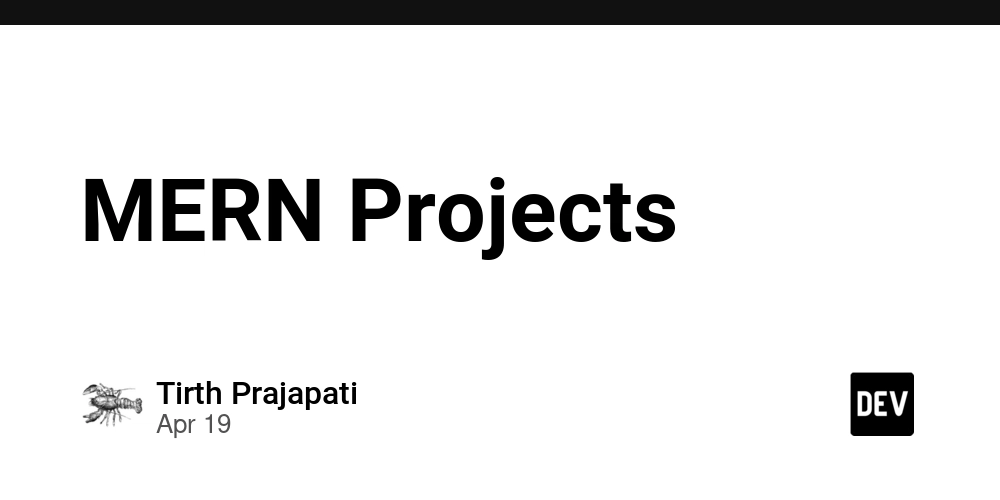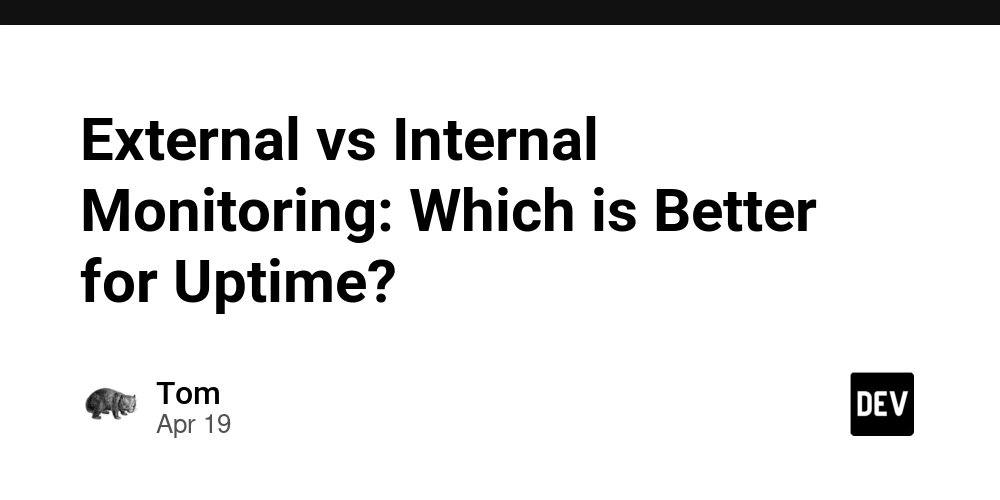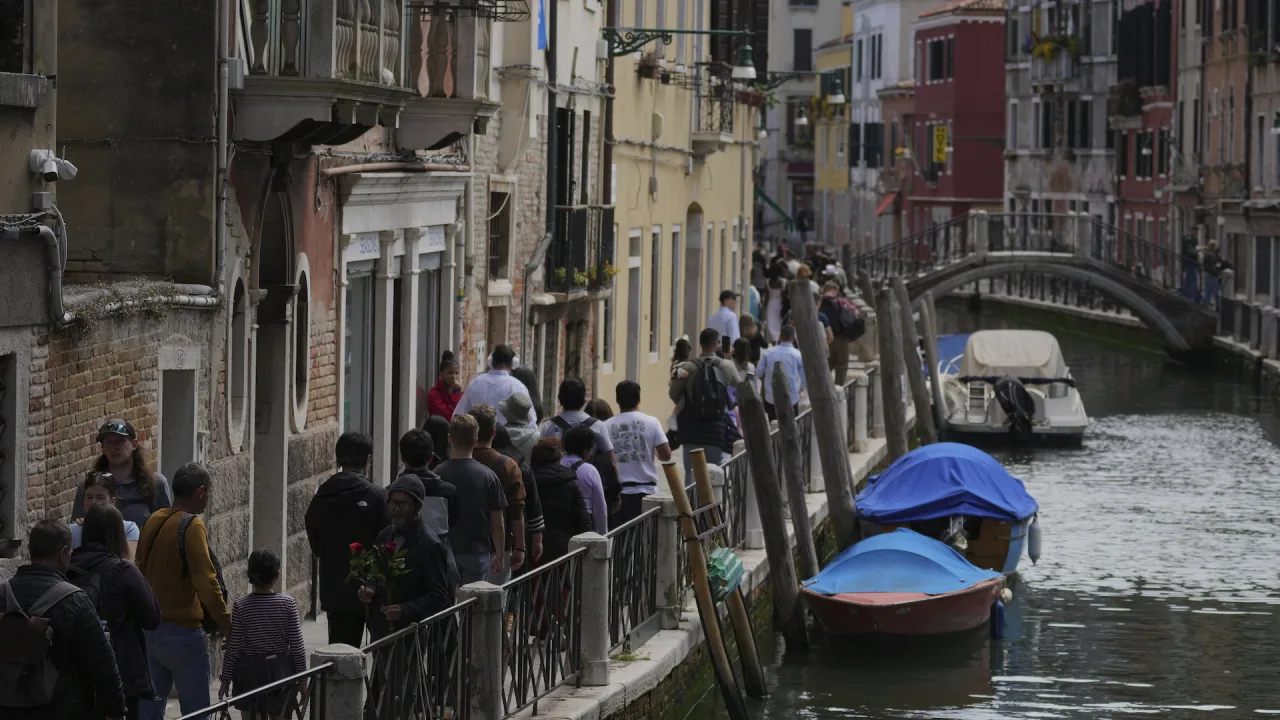Graphics cards are huge now. Do you need a GPU brace to protect your PC?
If you’ve just gone out and bought yourself the biggest, meanest, and most powerful graphics card in the ‘hood — congratulations! you’re in for a wild time gaming! You may be itching to just install it and load up a game of Atomfall, but you should really pause for a minute and consider how the beast will live in your PC case. Yep, sometimes a big, hefty daddy of a graphics card needs a little extra support around the girdle. Here’s what you need to know about GPU braces and how to tell if you need one. Why would you need a GPU brace? A powerful graphics card is a prized possession that will provide you with hours of glorious gaming fun, but that could be at the expense of your other hardware. How? When a GPU is too heavy for the PCIe slot and the screws that hold it in place it will typically sag downwards and sometimes cause damage — a problem known as GPU droop. That can happen with some graphics cards even despite the PCIe slots being reinforced to prevent it happening. It may not droop immediately, but gravity can work away over time, causing the hefty component to bend and bow gradually. At risk of the most damage from GPU droop is the graphics card itself, but also the PCIe slot and the motherboard as the weight of the GPU causes strain on these parts. Your PC could also experience data transfer errors or slower bandwidth if the strain causes the GPU to break off connection with the PCIe slot and the motherboard. How to spot GPU droop First off, you should remove your case and look for signs of physical sagging. A high GPU temperature or fans working overtime can also be a sign of GPU droop since the sagging can cause the GPU’s heatsink to detach, affecting the component’s ability to cool. If you don’t see any GPU droop, but you know you have a heavy graphics card, you should install a brace to be on the safe side. Heavy GPUs can weigh as much 4.7 pounds (an honor that belongs to the huge Gigabyte Aorus RTX 4090 Master) — that’s even more than some laptops weigh. But even GPUs weighing around 2.6 pounds can cause droop. Custom-built PCs often have tailor-made, unconventional layouts, so they can be especially prone to GPU droop. GPU braces come in a range of different sizes and designs. They also support different orientations, so you can find one that works well with a vertical or horizontal setup. Even GPUs weighing around 2.6 pounds can cause droop. Some GPU braces feature attractive RGB lighting that can make a big visual impact. Antec The strongest and most durable braces are made from steel and aluminum and designed to last the test of time. Some are also adjustable, magnetic, and/or tool-less, which makes installation easier. A brace can boost your PC’s look Getting a brace for your GPU isn’t anything to be embarrassed about. On the contrary, you’re simply safeguarding your hardware and performance and protecting your PC hardware from damage. If anything, a brace can even be an excuse to upgrade the look of your PC if you opt for one of the blinged-out RGB braces on the market. When looking for a brace, make sure it’s compatible with your GPU type and case type. The brace should have a weight capacity that can hold your GPU and allow plenty of space between your GPU and case and your PC’s other components. Remember, your GPU is one of the most important parts of your gaming getup, so treat it right and it will reward you in return. Further reading: 4 things to consider before buying a GPU

If you’ve just gone out and bought yourself the biggest, meanest, and most powerful graphics card in the ‘hood — congratulations! you’re in for a wild time gaming! You may be itching to just install it and load up a game of Atomfall, but you should really pause for a minute and consider how the beast will live in your PC case.
Yep, sometimes a big, hefty daddy of a graphics card needs a little extra support around the girdle. Here’s what you need to know about GPU braces and how to tell if you need one.
Why would you need a GPU brace?
A powerful graphics card is a prized possession that will provide you with hours of glorious gaming fun, but that could be at the expense of your other hardware. How? When a GPU is too heavy for the PCIe slot and the screws that hold it in place it will typically sag downwards and sometimes cause damage — a problem known as GPU droop.
That can happen with some graphics cards even despite the PCIe slots being reinforced to prevent it happening. It may not droop immediately, but gravity can work away over time, causing the hefty component to bend and bow gradually.
At risk of the most damage from GPU droop is the graphics card itself, but also the PCIe slot and the motherboard as the weight of the GPU causes strain on these parts. Your PC could also experience data transfer errors or slower bandwidth if the strain causes the GPU to break off connection with the PCIe slot and the motherboard.
How to spot GPU droop
First off, you should remove your case and look for signs of physical sagging. A high GPU temperature or fans working overtime can also be a sign of GPU droop since the sagging can cause the GPU’s heatsink to detach, affecting the component’s ability to cool.
If you don’t see any GPU droop, but you know you have a heavy graphics card, you should install a brace to be on the safe side. Heavy GPUs can weigh as much 4.7 pounds (an honor that belongs to the huge Gigabyte Aorus RTX 4090 Master) — that’s even more than some laptops weigh. But even GPUs weighing around 2.6 pounds can cause droop.
Custom-built PCs often have tailor-made, unconventional layouts, so they can be especially prone to GPU droop. GPU braces come in a range of different sizes and designs. They also support different orientations, so you can find one that works well with a vertical or horizontal setup.
Even GPUs weighing around 2.6 pounds can cause droop.

Some GPU braces feature attractive RGB lighting that can make a big visual impact.
Antec
The strongest and most durable braces are made from steel and aluminum and designed to last the test of time. Some are also adjustable, magnetic, and/or tool-less, which makes installation easier.
A brace can boost your PC’s look
Getting a brace for your GPU isn’t anything to be embarrassed about. On the contrary, you’re simply safeguarding your hardware and performance and protecting your PC hardware from damage.
If anything, a brace can even be an excuse to upgrade the look of your PC if you opt for one of the blinged-out RGB braces on the market.
When looking for a brace, make sure it’s compatible with your GPU type and case type. The brace should have a weight capacity that can hold your GPU and allow plenty of space between your GPU and case and your PC’s other components.
Remember, your GPU is one of the most important parts of your gaming getup, so treat it right and it will reward you in return.
Further reading: 4 things to consider before buying a GPU


.jpg)

























![[Webinar] AI Is Already Inside Your SaaS Stack — Learn How to Prevent the Next Silent Breach](https://blogger.googleusercontent.com/img/b/R29vZ2xl/AVvXsEiOWn65wd33dg2uO99NrtKbpYLfcepwOLidQDMls0HXKlA91k6HURluRA4WXgJRAZldEe1VReMQZyyYt1PgnoAn5JPpILsWlXIzmrBSs_TBoyPwO7hZrWouBg2-O3mdeoeSGY-l9_bsZB7vbpKjTSvG93zNytjxgTaMPqo9iq9Z5pGa05CJOs9uXpwHFT4/s1600/ai-cyber.jpg?#)












































































































































![[The AI Show Episode 144]: ChatGPT’s New Memory, Shopify CEO’s Leaked “AI First” Memo, Google Cloud Next Releases, o3 and o4-mini Coming Soon & Llama 4’s Rocky Launch](https://www.marketingaiinstitute.com/hubfs/ep%20144%20cover.png)






































































































































































































![Rogue Company Elite tier list of best characters [April 2025]](https://media.pocketgamer.com/artwork/na-33136-1657102075/rogue-company-ios-android-tier-cover.jpg?#)







































































_Andreas_Prott_Alamy.jpg?width=1280&auto=webp&quality=80&disable=upscale#)






























































































![What’s new in Android’s April 2025 Google System Updates [U: 4/18]](https://i0.wp.com/9to5google.com/wp-content/uploads/sites/4/2025/01/google-play-services-3.jpg?resize=1200%2C628&quality=82&strip=all&ssl=1)










![Apple Watch Series 10 Back On Sale for $299! [Lowest Price Ever]](https://www.iclarified.com/images/news/96657/96657/96657-640.jpg)
![EU Postpones Apple App Store Fines Amid Tariff Negotiations [Report]](https://www.iclarified.com/images/news/97068/97068/97068-640.jpg)
![Apple Slips to Fifth in China's Smartphone Market with 9% Decline [Report]](https://www.iclarified.com/images/news/97065/97065/97065-640.jpg)































































































































